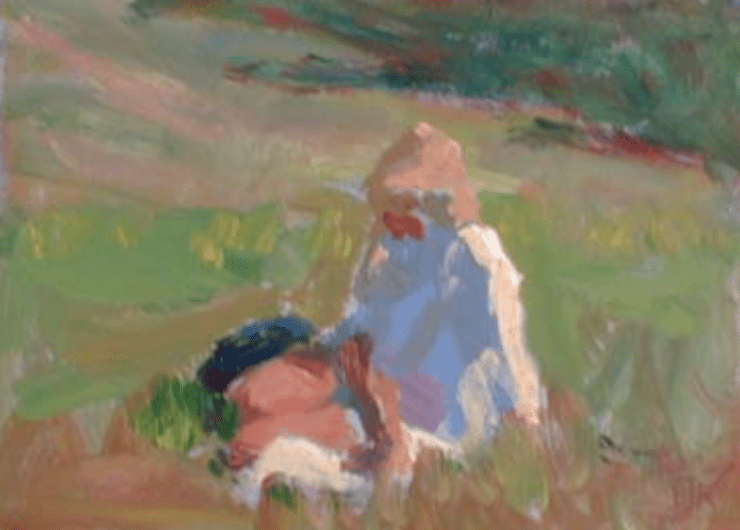This is a package of all the nine eBooks in the Virtual Art Academy® Building Block™: Drawing and Form.
There are many different techniques for learning drawing – gesture, contour, envelopes, scribble line, mass, creating perspective, and so on. But with all these techniques to choose from, where do you start to learn how to draw? How do you decide which technique to choose? In these drawing course units you will learn all these individual techniques, including the single most important technique I only discovered after drawing for 20 years that made my drawings far more accurate.
You will also learn all the key principles of light and shade as used by the classical masters such as Rembrandt. Most importantly you will learn basic perspective drawing to make your landscape paintings more realistic. Then you will learn how to master more advanced perspective techniques so you can draw and paint more accurate objects.
DRAWING
Course Unit 1 – Gesture
setting up your environment – drawing hand position – quick sketch – glancing – scribble line gesture – mass gesture
Course Unit 2 – Accuracy
angular transfer – triangulation – envelope – glass drawing – level & plumb lines – comparative measurement – midpoint establishment
Course Unit 3 – Contour
right brain switching – contour drawing – straight line approximation
Course Unit 4 – Putting It All Together
using the mass drawing approach step-by-step – using the linear drawing approach step-by-step
Course Unit 5 – Basic Perspective
horizon lines – vanishing points – perspective center – drawing ellipses
Course Unit 6 – Advanced Perspective
streets – upright objects – tiles – dividing spaces – centers of circles & ellipses– drawing cylinders accurately – drawing ellipses accurately
FORM
Knowing how to make things look three-dimensional is fundamental to making your painting look real. The Form Building Block includes an important technique called the two-value statement which is used for capturing the basics of form in a few minutes.







